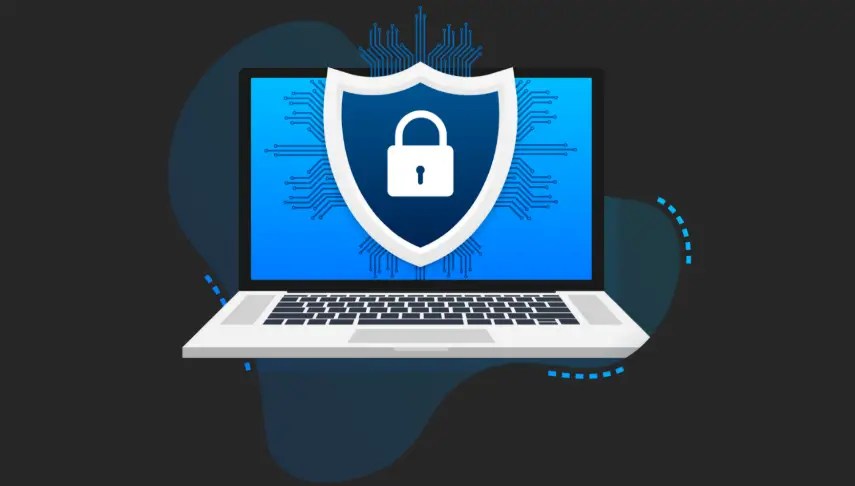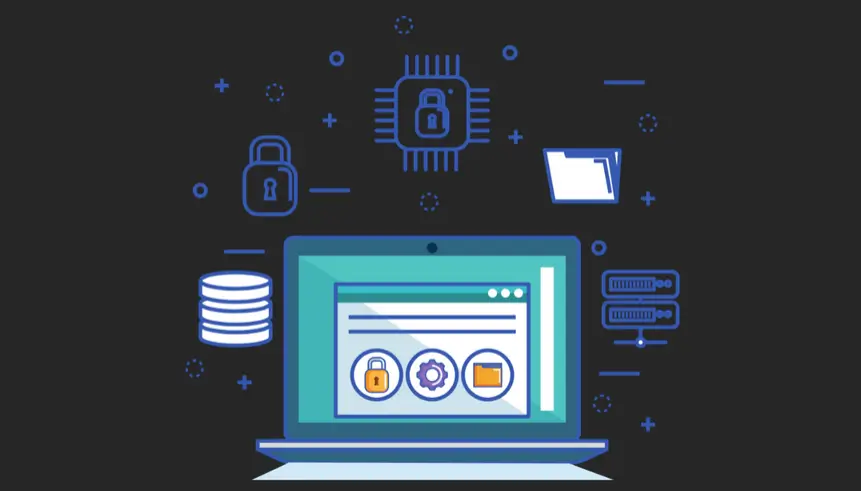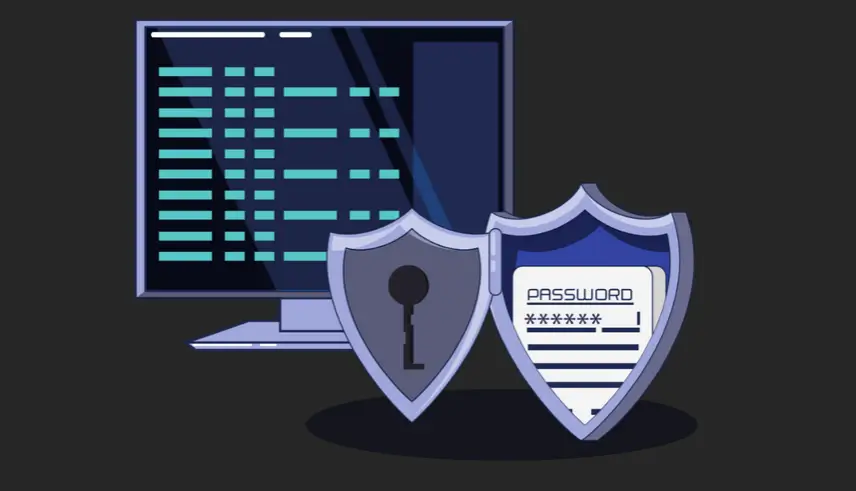
In an ever-changing digital world, application security has become a major concern. Cyber attacks are on the increase, and the financial and reputational consequences can be disastrous for businesses. As developers, we have a crucial role to play in protecting our applications and our users‘ data.
The aim of this article is to provide you with the keys to developing more secure applications by covering the fundamentals of security, good coding practice and the essential tools.
The fundamentals of security
Understanding the threats is the first step in protecting yourself. The most common vulnerabilities include :

- SQL injections : These attacks exploit flaws in SQL queries to access sensitive data or modify data in the database.
- Cross-Site Scripting (XSS) : These attacks inject malicious code into a web page in order to steal confidential information or take control of the user’s computer.
- Cross-Site Request Forgery (CSRF) : These attacks exploit a website’s trust in a user to carry out unauthorised actions on their behalf.
To guard against these threats, it is essential to adopt good coding practices :
- Input validation and sanitisation : Always check and filter data entered by the user before using it in your application.
- Secure error handling : Never reveal sensitive information in error messages.
- Encryption of sensitive data : Protect sensitive data in transit and at rest.
- Authentication and autorisation : Implement strong authentication mechanisms and precise access controls.
- Session management : Protect user sessions against hijacking.
The security life cycle
Security must be integrated from the earliest stages of development.
- Security by design : Considering security at the application design stage means that vulnerabilities can be identified and corrected earlier in the development cycle.
- Security tests : Security tests are essential for checking the effectiveness of the security measures put in place. Secure unit tests, penetration tests and static code analysis are invaluable tools.
- Vulnerability management : Putting in place a process to identify, correct and monitor vulnerabilities.
Essential tools
There are a number of tools that can help you secure your applications :

- Linters : Tools such as ESLint or SonarQube scan your code for potential vulnerabilities and breaches of good coding practice.
- Static code analysers : These tools can detect vulnerabilities in source code without executing it.
- Penetration testing tools : Tools such as OWASP ZAP or Burp Suite simulate attacks to assess the security of your application.
Safety training
Safety is a constantly evolving field. It’s important to take regular training courses to keep up to date.
- Certifications : Certifications such as OSCP or CISSP attest to your security skills.
- Online resources : Many tutorials, online courses and communities are available free of charge.
- In-company training : In-company training enables you to acquire knowledge specific to your working environment.

